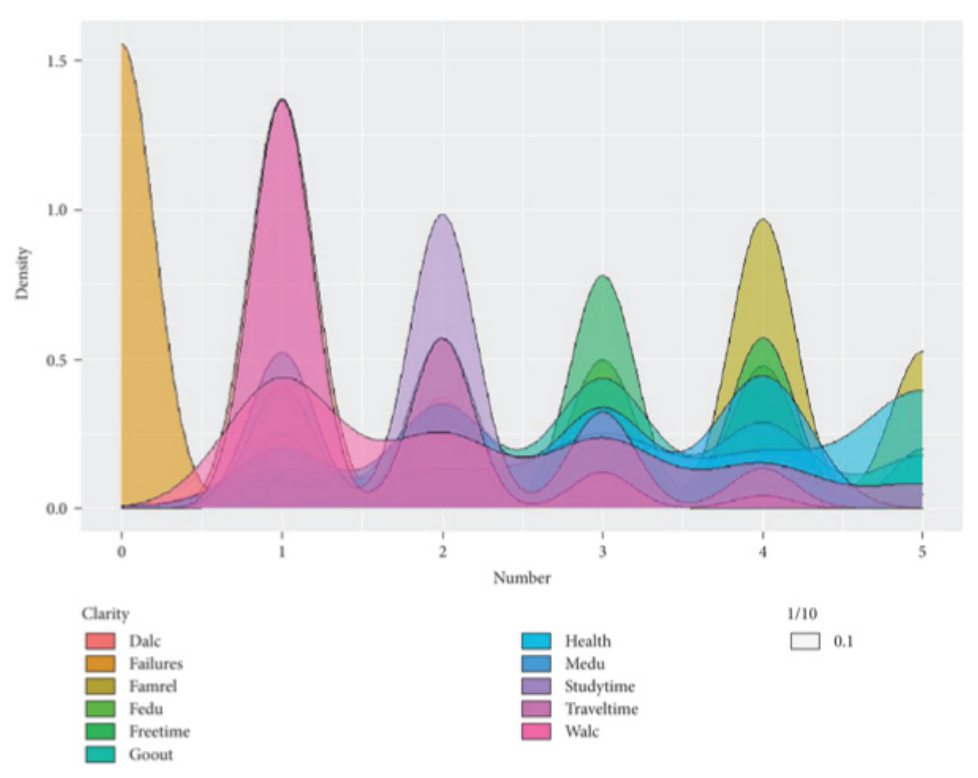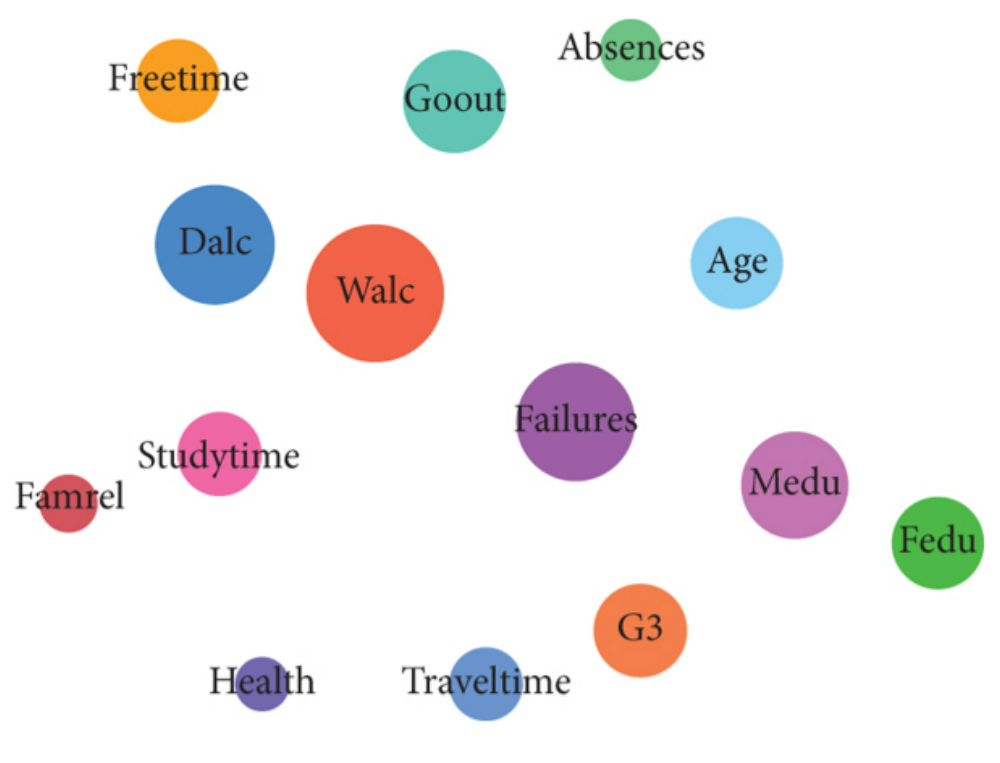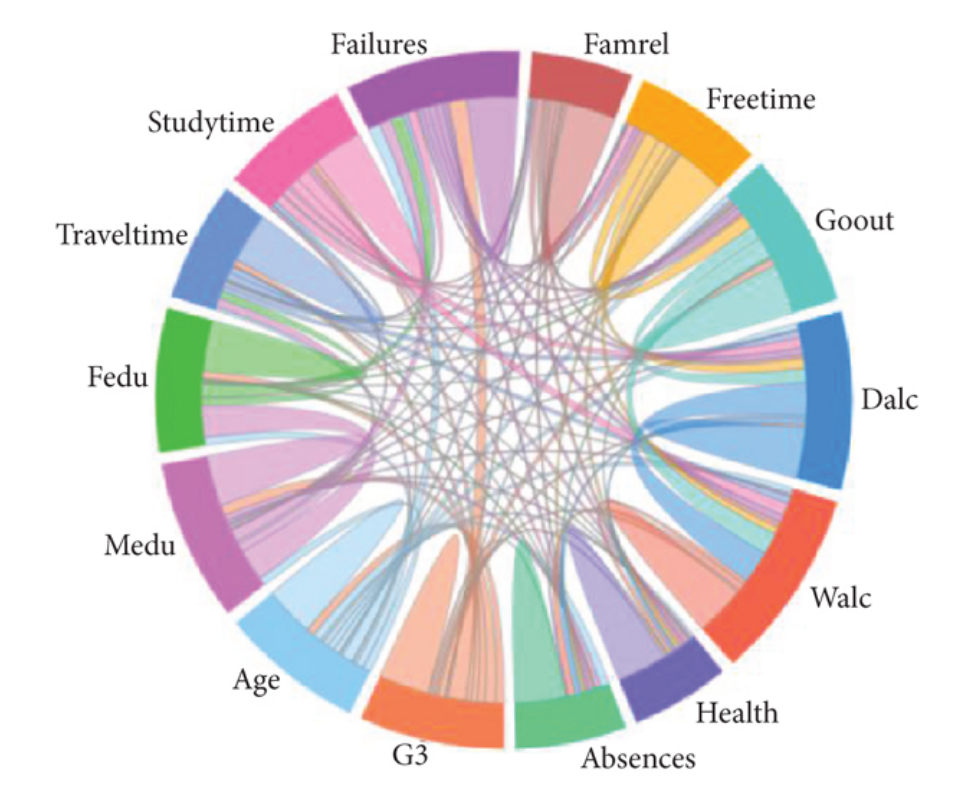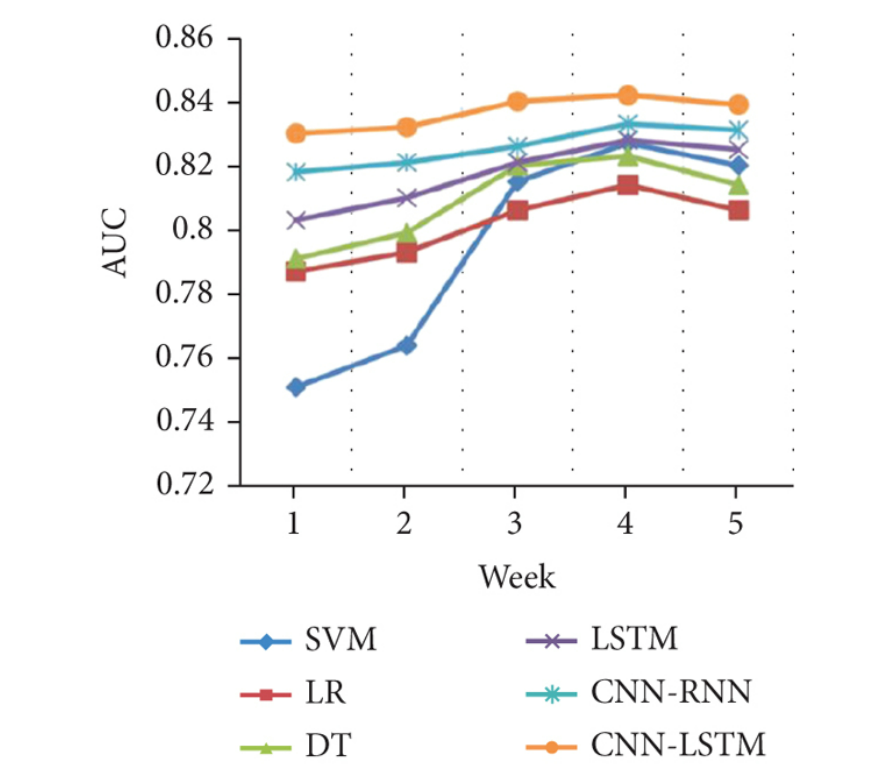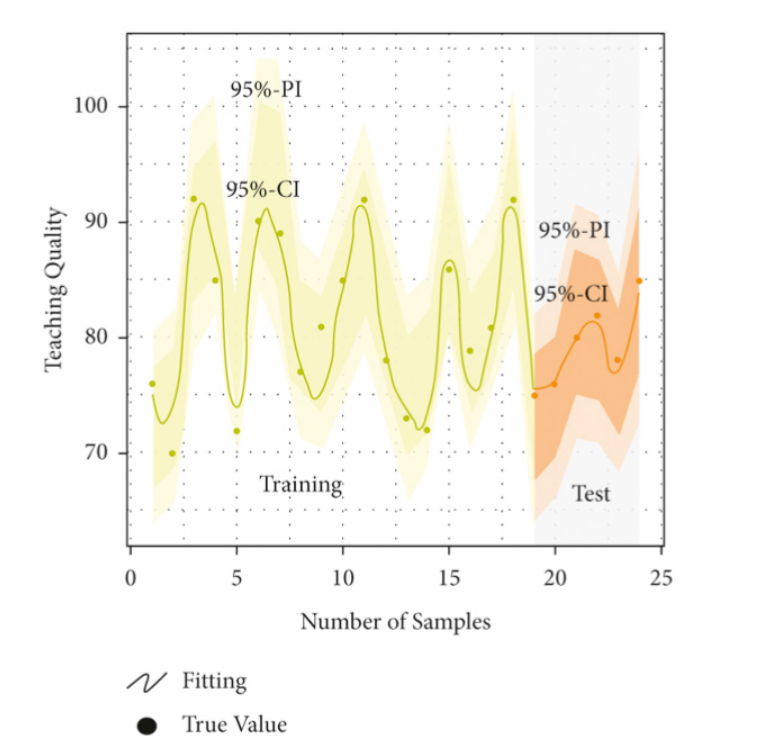 An open access journal
An open access journal
The Cinematic Poetics of "Fifteen Strings of Coppers": Aesthetic Transformation and Cross-Media Expression from the Traditional Chinese Opera Stage to the Silver Screen
Abstract
"Fifteen Strings of Coppers" is a representative opera film that integrates the traditional art form of Kunqu opera with modern cinematic language, creating a distinctive aesthetic style. From the perspective of cinematic poetics, this paper explores how the film innovatively transforms operatic elements through the medium of cinema. It first analyzes how the stylized performance techniques of traditional opera are dynamically adapted through film editing and mise-en-scène, thereby overcoming the limitations of stage performance. It then examines how innovations in the film’s audiovisual language reconstruct the symbolic imagery of opera within a cinematic framework. Finally, the paper discusses the modern interpretation and creative transformation of Chinese traditional culture in the film’s cross-media expression. This study highlights the potential and value of opera films in contemporary cultural dissemination, emphasizing the significance of cross-media expression in cultural heritage and innovation.
Share and Cite
Article Metrics
References
- Luo Di. Review and Reflection on Fifteen Strings of Coppers [J]. Theatrical Arts, 2007,(01):60-72.
- Li Feng. Poetics of Images in the Era of Visual Culture. Tsinghua University Press, 2017, pp. 3-4.
- Jin Xianglong, Cui Cen. The "Cinematic" Translation of Traditional Narrative Arts—A Study on Tao Jin's Xiqu Film Creations [J]. Sichuan Drama, 2024,(10):91-96.
- Lan Fan. The Three Rhetorics of Cinematic Narrative [J]. Hundred Schools of Art, 2016, 32(06):97-103.

